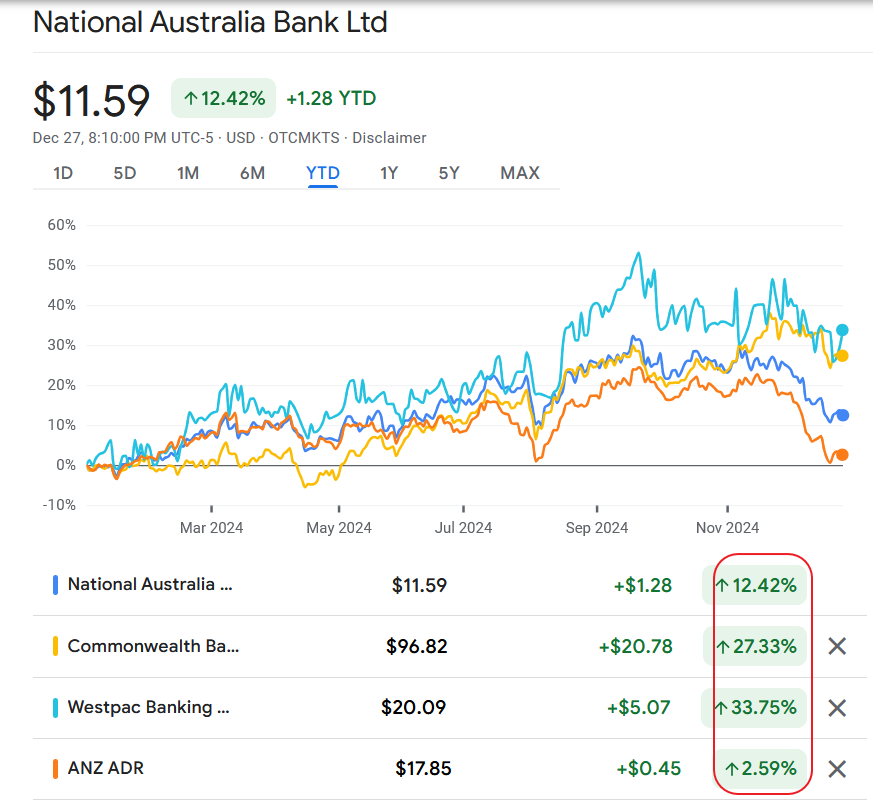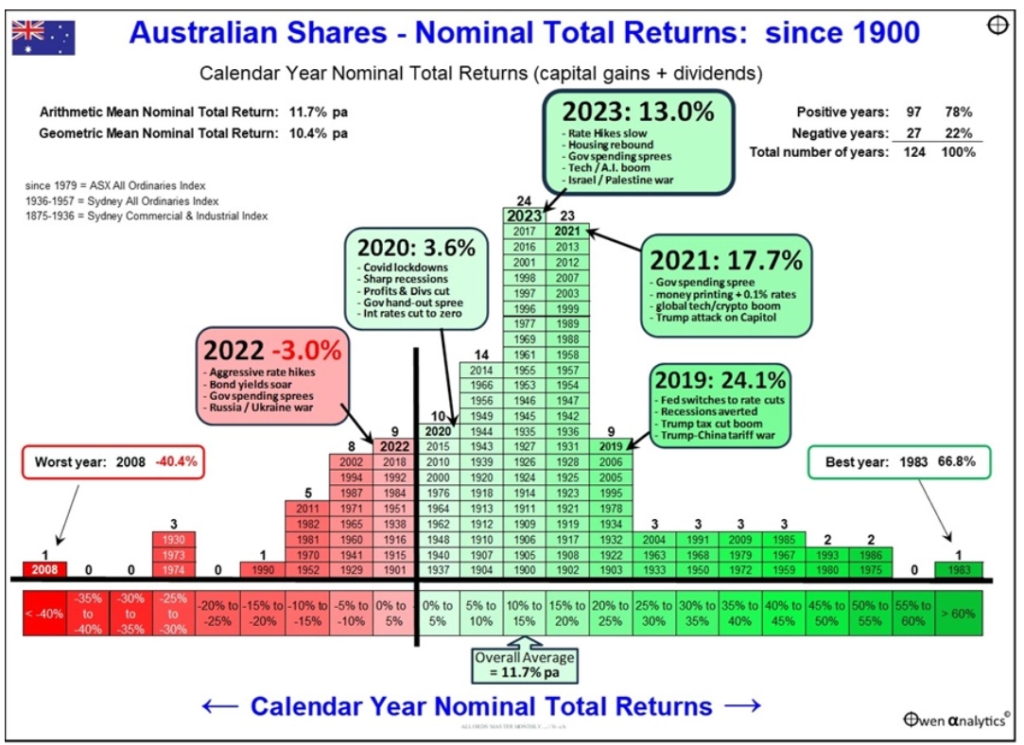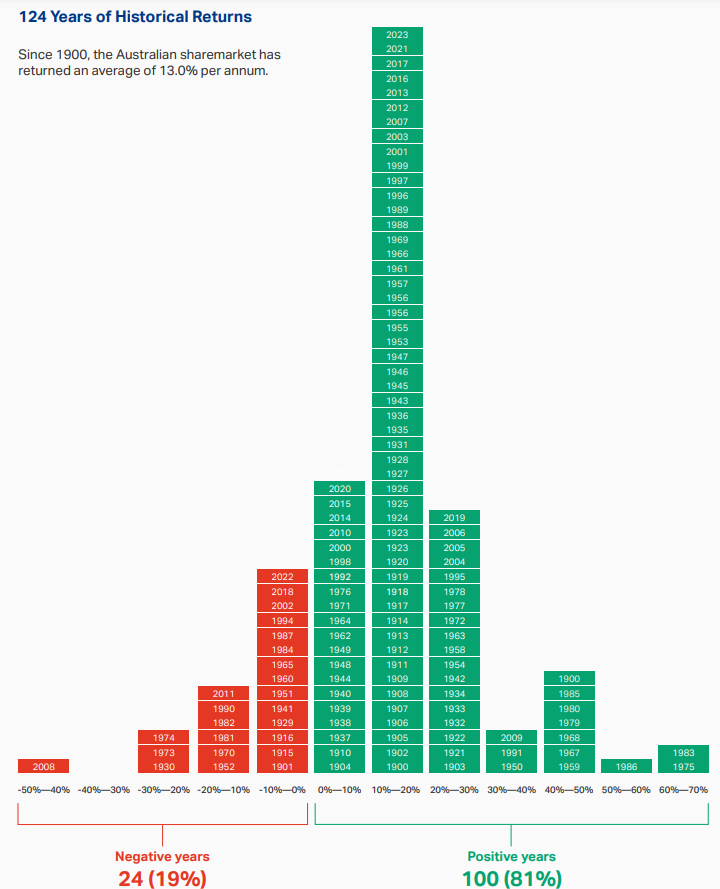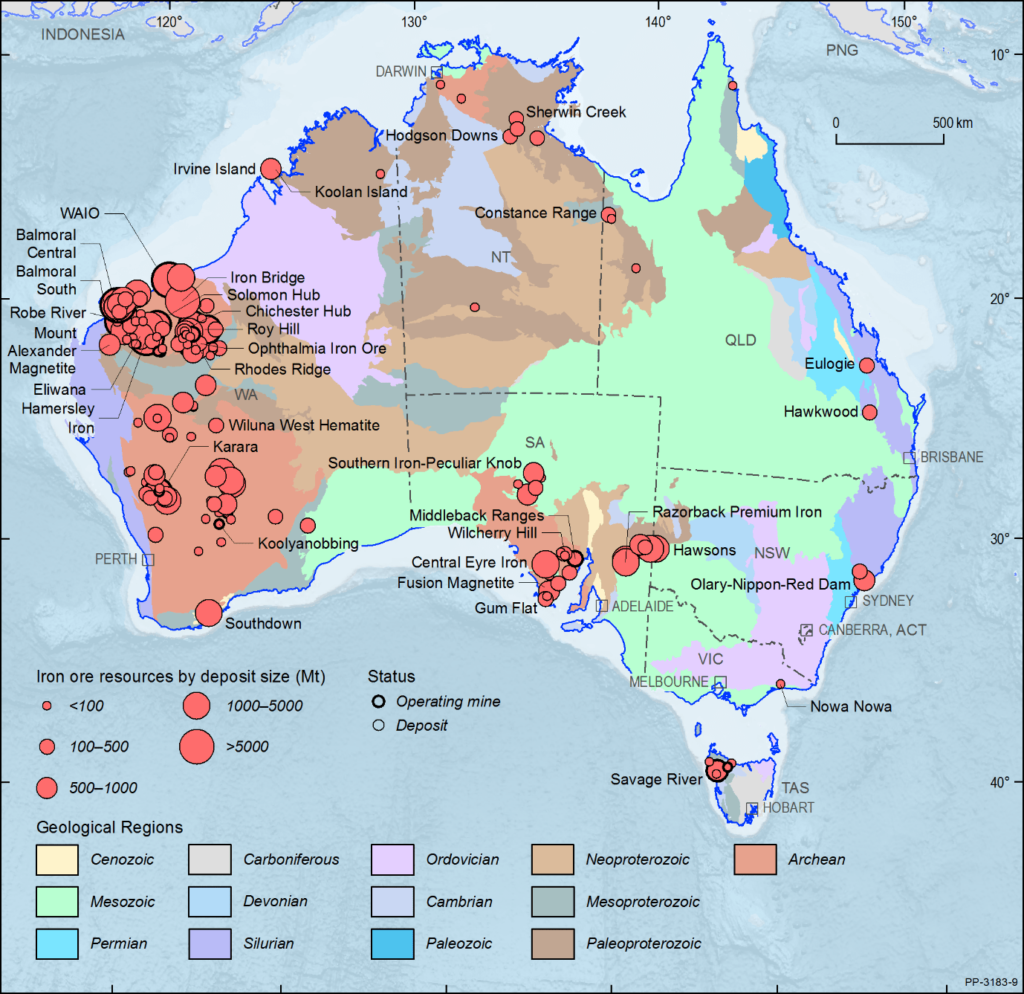According to the Australian Bankers Association, “Australia has not had a thorough bank failure in the modern era*, and so has not experienced the fallout from a collapse first-hand.”
However other countries have had their share of bank of bank failures. Some examples are:
|
1970 |
USA |
US Penn Central Bank – collapse of market liquidity |
|
1974 |
Germany |
Herstatt – bank failure following foreign exchange trading losses |
|
1984 |
USA |
Continental Illinois Bank – failure following loan losses |
|
1985 |
Canada |
Regional banks – failures following loan losses |
|
1993 |
France |
Credit Lyonnais Bank – crisis |
|
1995 |
UK |
Barings Bank – collapse due to trading losses |
|
1995 |
USA |
Daiwa Bank – record trading losses |
|
1996 |
Japan |
Banking system – crisis following loan losse |
In all the above cases depositors lost money or taxpayers had to subsidize the loss.
*Bank failure is here defined as an episode where ordinary depositors lose their money. It is recognized that Australian banks have gone through periods of turbulence. The late 1980s and early 1990s was a transitional period characterized by volatility. The State Banks of South Australia and Victoria collapsed. The loss of public confidence took its strongest turn when Pyramid Building Society went into insolvency, costing the Victorian Government $900m to bail out. Credit Union and Friendly Societies also faced problems. That said, the fact remains that Australia has not faced widespread social dislocation as a result of a financial crisis since at least the 1890s depression.
Source: Australian Bankers Association
Three Australian banks trade in the US markets. One of them in the NYSE and the other two in the OTC exchange.
1. Westpac Banking Corp – WBK
Current Yield: 7.92%
2. Australia & New Zealand Banking Grp Ltd – ANZBY
Current Yield: 10.32%
3. National Australia Bank Ltd – NABZYCurrent Yield:10.28%
The iShares MSCI Australia ETF (EWA) provides exposure to many Australian equities.



